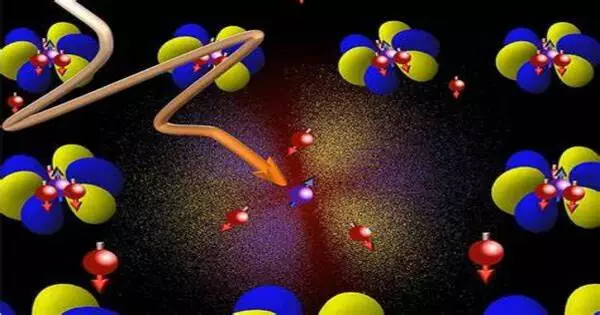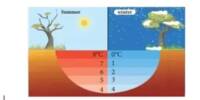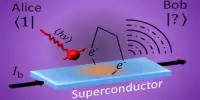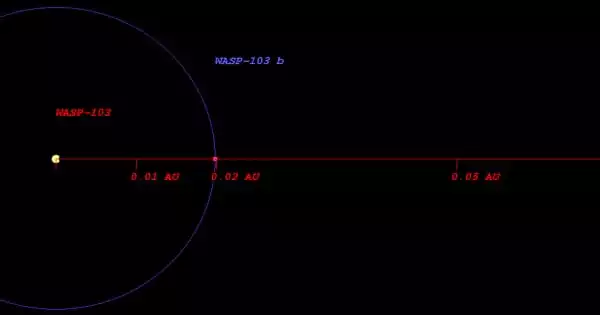When electrons slowly vanish during cooling, it is most likely referring to a physical phenomenon involving the behavior of electrons in a material as it is cooled to extremely low temperatures. This phenomenon is frequently linked to condensed matter physics and low-temperature physics.
When many substances are cooled below a critical temperature, their properties change. When water freezes, for example, a phase transition occurs. However, there are phase transitions in certain metals that do not exist in the macrocosm. They arise as a result of quantum mechanics’ special laws that apply to nature’s smallest building blocks. The concept of electrons as carriers of quantized electric charge is thought to no longer apply near these exotic phase transitions.
Researchers at the University of Bonn and ETH Zurich have now found a way to prove this directly. Their findings allow new insights into the exotic world of quantum physics. The publication has now been released in the journal Nature Physics.
We call it ‘critical slowing down. The reason for this is that, with continuous transitions, the two phases become energetically closer and closer together.
Prof. Dr. Hans Kroha
Water solidifies when it is cooled below zero degrees Celsius. Its properties abruptly change during this process. It has a much lower density as ice than in liquid form, which is why icebergs float. This is referred to as a phase transition in physics. However, there are phase transitions in which the properties of a substance gradually change. When an iron magnet is heated to 760 degrees Celsius, it loses its attraction to other metals and becomes paramagnetic rather than ferromagnetic.
This, however, does not occur abruptly, but rather gradually: Iron atoms act like tiny magnets. They are parallel to each other at low temperatures. When heated, they fluctuate more and more around their rest position until they are completely randomly aligned, at which point the material loses its magnetism. As a result, while the metal is heated, it can be both ferromagnetic and paramagnetic.
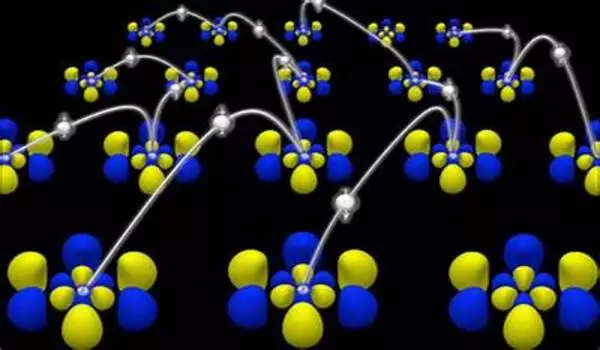
Matter particles cannot be destroyed
As a result, the phase transition occurs gradually, until all of the iron is paramagnetic. The transition becomes increasingly sluggish along the way. This is the behavior of all continuous phase transitions.
“We call it ‘critical slowing down,'” says Prof. Dr. Hans Kroha of the University of Bonn’s Bethe Center for Theoretical Physics. “The reason for this is that, with continuous transitions, the two phases become energetically closer and closer together.” It’s like putting a ball on a ramp: it rolls downhill, but the smaller the altitude difference, the slower it rolls. When iron is heated, the energy difference between the phases decreases gradually, due in part to the disappearance of magnetization during the transition.
Such a “slowing down” is typical for phase transitions based on the excitation of bosons. Bosons are particles that “generate” interactions (on which, for example, magnetism is based). Matter, on the other hand, is not made up of bosons but of fermions. Electrons, for example, belong to the fermions.
Phase transitions are based on the fact that particles (or also the phenomena triggered by them) disappear. This means that the magnetism in iron becomes smaller and smaller as fewer atoms are aligned in parallel. “Fermions, however, cannot be destroyed due to fundamental laws of nature and therefore cannot disappear,” Kroha explains. “That’s why normally they are never involved in phase transitions.”
Electrons turn into quasi-particles
Electrons can be bound in atoms, giving them a fixed location from which they cannot escape. Metals, on the other hand, have some electrons that are freely mobile, which is why they can conduct electricity. Both types of electrons can form a superposition state in certain exotic quantum materials. This results in the formation of quasiparticles. They are immobile and mobile at the same time, which is a feature only possible in the quantum world. Unlike “normal” electrons, these quasiparticles can be destroyed during a phase transition. This means that the properties of a continuous phase transition, particularly critical slowing, can be observed there as well.
This effect has so far only been observed indirectly in experiments. Researchers at ETH Zurich, led by theoretical physicist Hans Kroha and Manfred Fiebig’s experimental group, have now developed a new method that allows direct identification of the collapse of quasiparticles at a phase transition, specifically the associated critical slowing down.
